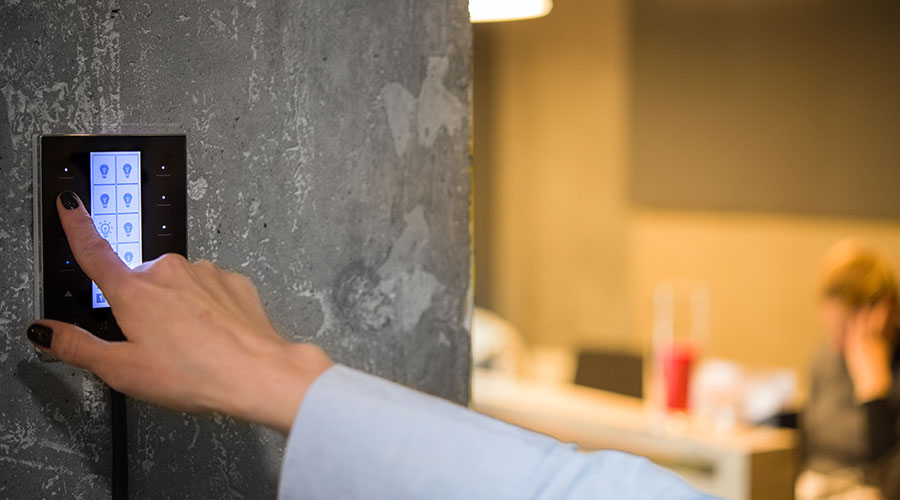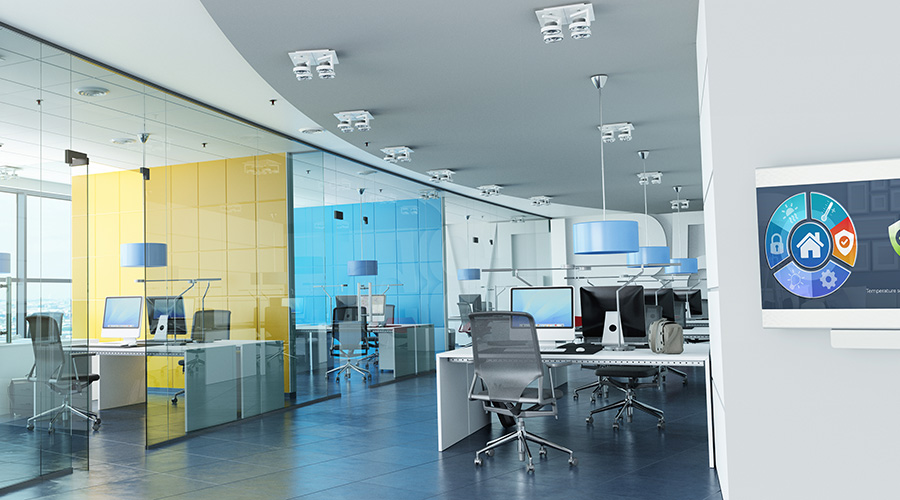Taking Lighting Controls to the Net
Poor lighting, in some ways, fits the description that a judge once offered of obscenity: He couldn’t define it, but he knew it when he saw it. Few people can define of poor lighting, but everyone knows it when they have to work in it.
Technologies and products have emerged in recent years to give more control of lighting to building occupants. The thinking is that if occupants can tailor the lighting to their specific situation — to take advantage of daylight, for example — they will be more satisfied and productive.
Facilities have tremendous interest in providing occupants with quality lighting, as well as with controlling lighting costs. In California, for example, electric lighting uses 40 percent of all electricity used in commercial buildings, the largest single load in these buildings, according to the Lawrence Berkeley National Laboratory (LBNL).
A New Approach
The latest entrant in this effort comes from LBNL, where researchers have developed an integrated building equipment communications system (IBECS).
The system, which has been installed at two buildings for testing, uses lighting ballasts, switches, occupancy sensors and light sensors that have a general-purpose embedded device, says Francis Rubinstein, a research with LBNL’s Energy Technologies Division who heads the IBECS project.
In short, the system takes advantage of a building’s existing information technology structure to control off-the-shelf lighting components and other building equipment via the Internet.
IBECS would allow building lighting and envelope systems to respond automatically to changes in occupancy, daylight levels, and energy costs. At the same time, it would give occupants more control over their workspaces.
The project’s goal is, by 2015, to achieve lighting-related electricity-use savings of 59 percent in new construction and 43 percent in major retrofits.
The team is working with two ballast manufacturers who already have decided to use IBECS technology in their products, Rubinstein says.
“By designing IBECS so that it works with existing products, it is easier for lighting manufacturers to adopt the technology to advanced product lines,” he says.
Benefits to Buildings
The system offers numerous potential benefits to building owners and maintenance and engineering managers.
“Building operators, among others, will be able to use this technology to reduce their power consumption when the real-time price of electricity starts to rise,” he says. “They also can respond quickly to shut down energy-consuming equipment when the electricity grid is threatened by outages or other reliability problems.”
The system also might help reduce the number of complaints maintenance staff have to deal with and free up their time for long-term maintenance, he says.
LBNL is establishing an IBECS Web site that will give the lighting industry and lighting community up-to-date information about ICBES and support tools.
Related Topics:











